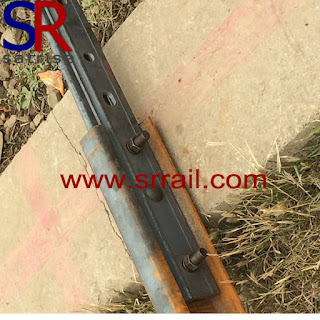Mining and Ground Support
Satrise® friction rock stabilizers are used for underground or surface support in many applications:
Underground Mine Support & Mine Roof Bolting
Every kind of underground mine uses Satrise® friction rock bolts for mining and ground support. Miners use them for mine roof bolting and mine roof support as well as to pin mesh, hang conveyors, hold pipes, and cables, secure rails in place, and for other needs.
Ground Support for Tunnels and Other Excavations
Satrise® stabilizers have solved many problems for contractors in construction and in maintaining railway and road tunnels, hydropower tunnels, powerhouse and storage caverns, shafts, water and sewage tunnels, and others.
Ground Support for Surface Jobs Satrises are being used more often for above ground applications or anywhere reliable ground stabilization is needed. Open-pit mine and quarry operators use them to stabilize high walls for the most effective ground and mining support. Open-pit miners find that using Satrise® stabilizers with mesh can permit a steeper mining angle, reducing overburden removal.
Contractors find Satrise® friction rock stabilizers ideal for attaching screen to control spalling cuts. Construction contractors use them with mesh to tie back the ground and contain rock falls on steep highway cuts, as well as in building excavations.
Email: admin@satrise.com
Tel: +86-17093757606
Web: www.srrail.com
Tel: +86-17093757606
Web: www.srrail.com















